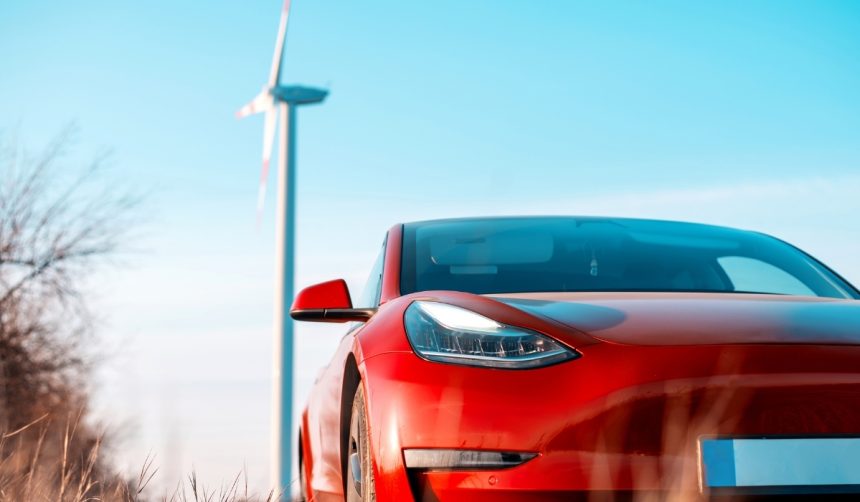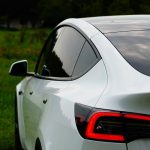Rows of stainless steel Tesla Cybertrucks are now a common sight at SpaceX’s Starbase complex in Texas, after hundreds of the electric pickups were observed being deployed across the site. These vehicles are gradually supplanting conventional gas-powered cars used in daily site operations. Industry watchers say this marks the latest visible collaboration between Elon Musk’s two high-profile companies. Employees at Starbase have noted the visual impact of the new fleet, describing the scene as striking when compared to the previous vehicle lineup. The decision reflects a broader movement within technology firms to prioritize sustainability and operational efficiency, as well as to leverage synergies between related ventures.
Earlier reports about the Cybertruck highlighted uncertain delivery timelines and fluctuating order volumes, with initial projections suggesting far higher consumer uptake. Back then, use cases like police cruisers and commercial fleets were discussed as possible solutions to slower-than-expected retail sales, but large-scale internal deployment at a Musk-owned facility had not yet been fully realized. Coverage previously emphasized Cybertruck production delays, rising manufacturing costs, and debates about demand. In contrast to early public anticipation, this shift towards corporate adoption is now being interpreted by some as a logical next step, or by critics as an attempt to offset lagging demand among individual consumers.
Why Is SpaceX Switching Its Fleet to Cybertrucks?
SpaceX has chosen to overhaul its staff transportation at Starbase by bringing in Cybertrucks to replace combustion-engine vehicles. The update is designed to align operations with an all-electric model while also utilizing products from a sister company. A representative from Tesla commented,
“Optimizing vehicle fleets with electric models is a key part of our sustainability strategy.”
This move demonstrates a continued focus on integrating innovative technologies within day-to-day aerospace operations, and may also streamline maintenance given the compatibility of materials used in both SpaceX rockets and Tesla’s electric trucks.
Does This Indicate Broader Collaboration Between SpaceX and Tesla?
The commonality of stainless steel alloy exteriors between the Starship rocket and the Tesla Cybertruck highlights a shared approach to materials and design philosophy. Musk’s companies have developed a reputation for cross-pollinating technology and resources, and the Cybertruck deployment at Starbase is perceived as an extension of that relationship. According to a spokesperson at SpaceX,
“Utilizing Cybertrucks at Starbase reinforces our commitment to innovation and practical resource sharing.”
Such decisions also give both brands an opportunity to showcase advanced vehicle technology in demanding, high-profile settings.
What Are the Industry and Public Reactions?
While some observers view the move as overdue, others speculate about its timing and motives, questioning whether it is a response to underwhelming consumer adoption of the Cybertruck. Detractors have argued the switch may be aimed at absorbing unsold inventory, especially following the increased pricing that reportedly caused some initial buyers to recalculate their interest. Nevertheless, internal use of flagship products is a longstanding practice among corporations with diversified interests, and the partnership is likely to yield operational insights for both Tesla and SpaceX.
The shift to Cybertrucks at SpaceX’s Starbase ties corporate policies on sustainability directly to practical, everyday transportation needs. For readers following developments in the electric vehicle industry, the move illustrates how large organizations might address product deployment challenges by utilizing internal demand. Observers should note that both SpaceX and Tesla have previously signaled intent to align resources and promote company-wide adoption of featured products. Purchasing strategies based on inter-company synergy offer a blueprint for leveraging shared ownership to achieve environmental and operational targets. For those considering EV fleet adoption elsewhere, close evaluation of internal collaboration, cost structures, and long-term maintenance needs may provide valuable direction.










